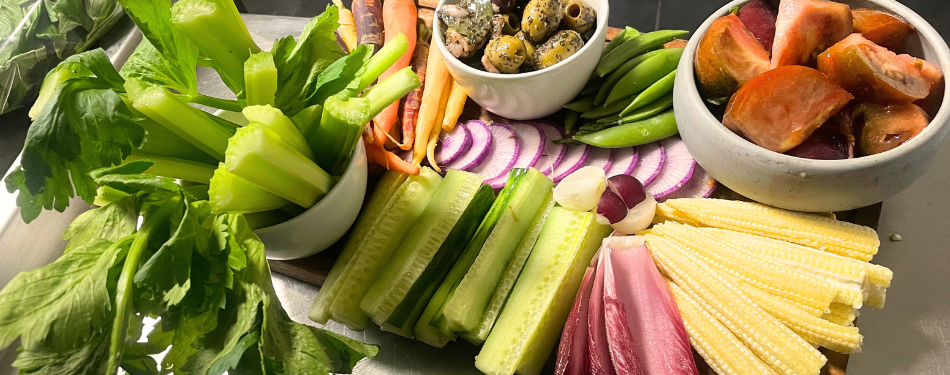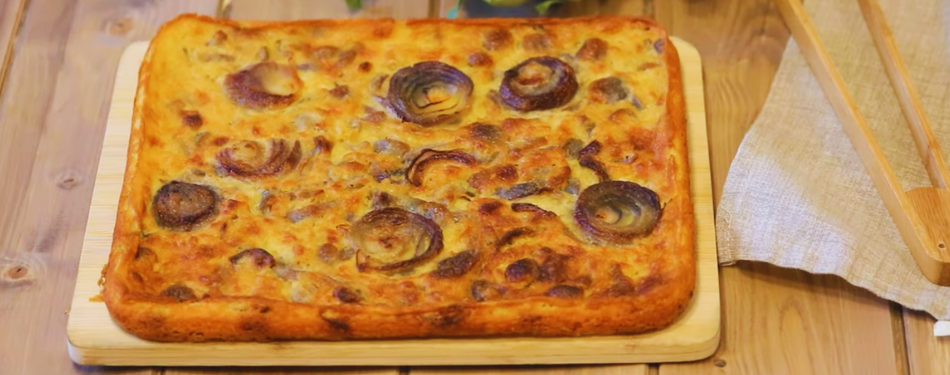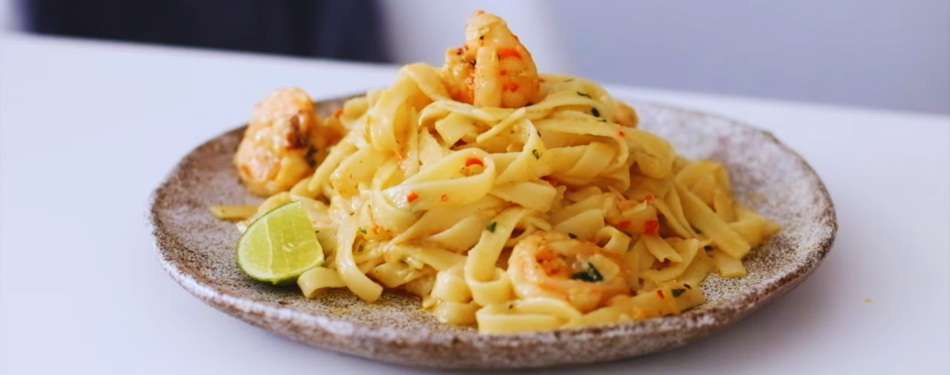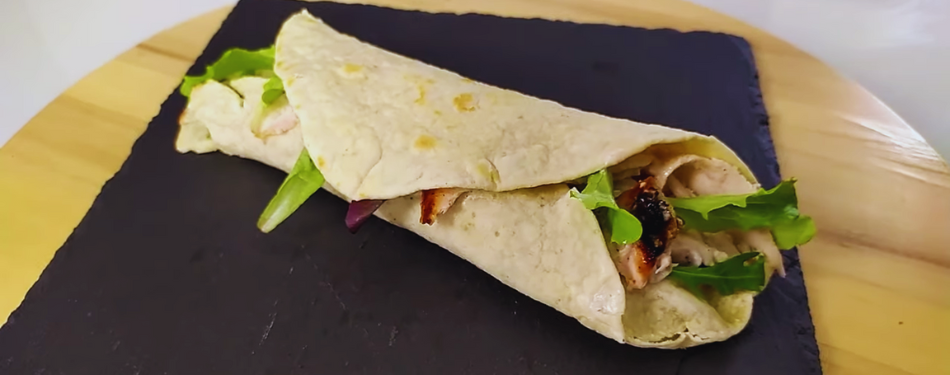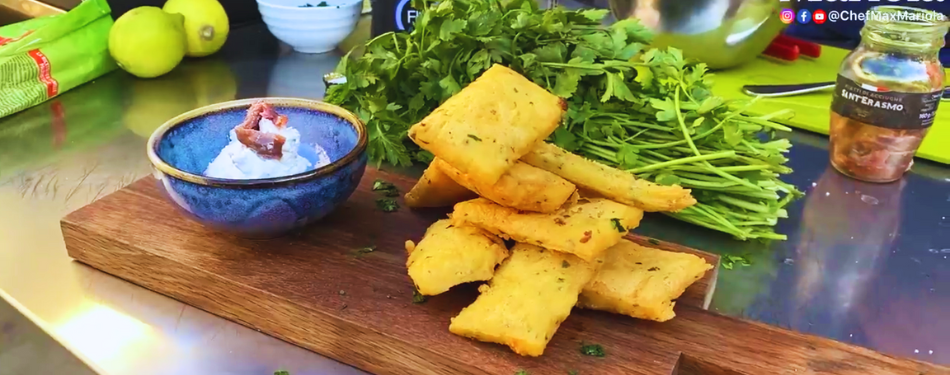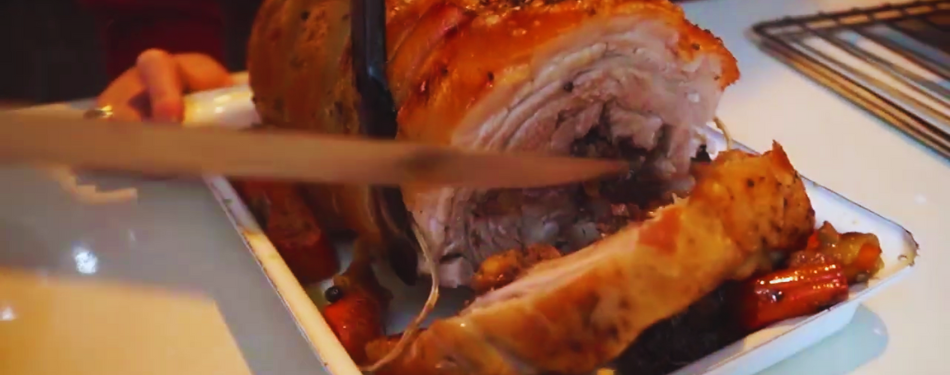Italian cuisine is renowned for its vibrant flavors, fresh ingredients, and simplicity, and Italian salads are no exception. Whether you’re looking for a light lunch, a side dish, or a refreshing appetizer, these top 5 Italian salads offer a perfect taste of Italy. First on the list is the Caprese Salad, featuring ripe tomatoes, fresh mozzarella, basil leaves, and a drizzle of olive oil and balsamic vinegar. This classic salad is not only visually appealing but also incredibly easy to prepare, making it a favorite for any occasion. Next is the Panzanella, a rustic Tuscan bread salad that combines cubes of day-old bread with tomatoes, cucumbers, red onions, and fresh basil, all tossed in a simple vinaigrette. It’s a great way to use up leftover bread and celebrate the summer’s best produce. Another beloved option is the Insalata di Riso, or Italian Rice Salad, which is a hearty and versatile dish. It includes rice, vegetables like bell peppers and peas, olives, and sometimes tuna or ham, dressed with olive oil and lemon juice. It’s perfect for picnics or as a satisfying meal on its own. The fourth salad is the Insalata Tricolour, named after the colours of the Italian flag. This salad combines radicchio, arugula, and endive, topped with shavings of Parmesan cheese and a light balsamic dressing. It’s a celebration of contrasting flavours and textures. Finally, there’s the Fennel and Orange Salad, a Sicilian specialty that pairs thinly sliced fennel with juicy orange segments, red onions, and black olives, dressed with olive oil and lemon juice. This refreshing salad is a delightful balance of sweet, salty, and tangy flavours, perfect for any season. Enjoy these easy recipes and bring a touch of Italy into your home. Caprese Salad “Classic Caprese Salad: A Simple and Delicious Italian Recipe” The Caprese Salad is a timeless Italian dish that celebrates fresh, high-quality ingredients. With ripe tomatoes, creamy fresh mozzarella, fragrant basil leaves, and a drizzle of extra virgin olive oil and balsamic vinegar, this salad is both visually stunning and delicious. It’s quick and easy to prepare, making it perfect for any meal or occasion. Whether served as a starter, side dish, or light main course, the Caprese Salad is a delightful taste of Italy that showcases the beauty of simplicity. “Easy Caprese Salad Recipe: Fresh, Flavourful, and Fast” Indulge in the classic flavours of Italy with this easy Caprese Salad recipe. Featuring juicy tomatoes, smooth mozzarella, and fragrant basil, topped with olive oil and balsamic vinegar, this salad is both simple and flavourful. Perfect for a quick lunch, a refreshing side dish, or a beautiful appetizer, the Caprese Salad is a celebration of fresh ingredients that come together in minutes. Enjoy a taste of Italian tradition that’s as easy to make as it is delicious. Full Recipe Click here Panzanella Panzanella is a traditional Tuscan bread salad that transforms simple ingredients into a flavorful, rustic dish The base of the salad is made from cubes of day-old bread, which soak up the vibrant flavours of ripe tomatoes, crisp cucumbers, and thinly sliced red onions. Fresh basil adds a fragrant touch, while a light vinaigrette of olive oil and red wine vinegar ties everything together, making each bite a delightful combination of textures and tastes. This versatile salad is perfect for utilizing leftover bread and highlighting the best produce of the season. Panzanella can be customized with additional ingredients like bell peppers, capers, or even mozzarella, making it a flexible dish that suits various palates. Served as a light lunch, side dish, or even a main course, Panzanella captures the essence of Italian cuisine: simplicity, freshness, and robust flavours. Enjoy this salad as a refreshing meal that brings a taste of Tuscany to your table. Full Recipe Click Here Insalata di Riso Insalata di Riso, or Italian Rice Salad, is a versatile and hearty dish perfect for summer gatherings and picnics. This vibrant salad features cooked rice mixed with an array of colourful vegetables such as bell peppers, peas, and cherry tomatoes. Often, olives and capers are added for a salty tang, while chunks of tuna, ham, or cheese provide protein. A simple dressing of olive oil and lemon juice ties all the flavour’s together, making it a refreshing yet satisfying meal. This salad is ideal for using leftover rice and can be easily customized to suit individual tastes. The variety of textures and flavours, from the crunch of fresh vegetables to the savoury notes of cured meats, makes Insalata di Riso a crowd-pleaser. It’s also easy to prepare in advance, allowing the flavours to meld beautifully. Whether served as a side dish or a main course, Insalata di Riso brings a taste of Italian comfort and tradition to any table. Full Recipe Click Here Insalata Tricolour Insalata Tricolour, named for its representation of the Italian flag’s colours. A vibrant and healthy salad that combines three key ingredients: radicchio, arugula, and endive. The bitter radicchio, peppery arugula, and crisp endive create a delightful mix of flavours and textures. Topped with shavings of Parmesan cheese and a light balsamic dressing, this salad is both visually stunning and deliciously complex. Perfect for any occasion, Insalata Tricolour is easy to prepare and brings a touch of elegance to your meal. The combination of fresh greens and rich Parmesan offers a balance of nutrients and flavours, making it a great starter or side dish. This salad not only showcases the beauty of simple, fresh ingredients but also embodies the essence of Italian culinary tradition. Full Recipe Click Here Fennel and Orange Salad Fennel and Orange Salad is a refreshing and vibrant dish that highlights the unique flavour’s of its ingredients. Thinly sliced fennel provides a crisp, slightly liquorice-flavoured base, while juicy orange segments add a burst of sweetness. Red onions and black olives contribute a touch of sharpness and saltiness, creating a harmonious blend of tastes. Dressed with extra virgin olive oil and a squeeze of lemon juice, this salad is both light and flavourful.


